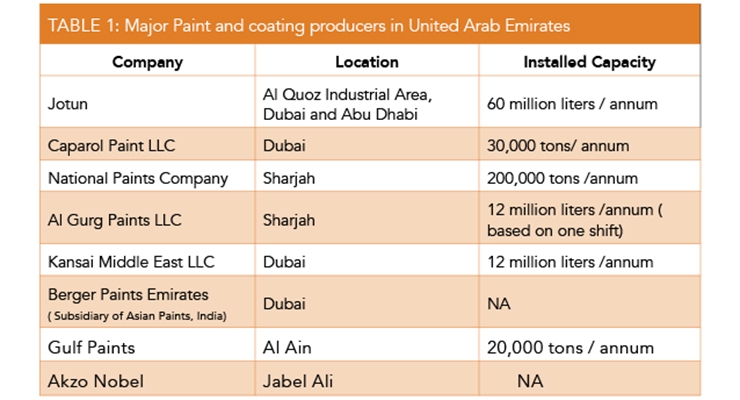Understand Just How Seasonal Problems Affect The Success Of Industrial Exterior Painting And Discover The Suitable Periods To Guarantee Durable Results For Your Project
Understand Just How Seasonal Problems Affect The Success Of Industrial Exterior Painting And Discover The Suitable Periods To Guarantee Durable Results For Your Project
Blog Article
Write-Up Created By-Carlson Chaney
When you're intending a commercial exterior painting project, seasonal elements can make or damage your results. You'll intend to take into consideration exactly how temperature level and moisture influence paint application and drying times. Picking the right period can ensure your paint sticks effectively and lasts much longer. Yet which seasons are really the very best for this sort of work? Allow's explore the key elements that can affect your job's success.
The Effect of Temperature on Paint Application
When you're planning a business outside paint task, the temperature level can substantially impact exactly how well the paint adheres and dries.
Ideally, you intend to paint when temperatures vary between 50 ° F and 85 ° F. If it's too cold, the paint may not treat correctly, bring about issues like peeling or breaking.
On the other side, if it's also hot, the paint can dry out as well rapidly, preventing proper bond and leading to an unequal surface.
You ought to additionally consider the time of day; early morning or late afternoon uses cooler temperatures, which can be more favorable.
Always examine the supplier's referrals for the details paint you're utilizing, as they frequently provide assistance on the optimal temperature level array for optimal results.
Humidity and Its Effect on Drying Times
Temperature level isn't the only environmental aspect that influences your industrial exterior paint task; moisture plays a considerable function as well. High humidity degrees can reduce drying out times dramatically, influencing the overall high quality of your paint task.
When the air is filled with dampness, the paint takes longer to cure, which can lead to issues like inadequate attachment and a greater danger of mildew growth. If you're repainting on a specifically damp day, be gotten ready for prolonged delay times in between layers.
It's critical to keep track of local weather and strategy as necessary. Preferably, aim for moisture degrees between 40% and 70% for optimum drying out.
Maintaining these factors in mind ensures your task stays on track and supplies a lasting surface.
Best Seasons for Commercial Outside Painting Projects
What's the best season for your industrial exterior painting projects?
Spring and early fall are usually your best choices. Throughout these periods, temperature levels are moderate, and moisture levels are frequently reduced, producing excellent conditions for paint application and drying out.
Avoid check out this site , which can cause paint to dry also rapidly, resulting in inadequate bond and surface. In a similar way, winter's cold temperature levels can impede proper drying out and treating, risking the longevity of your paint task.
Aim for days with temperature levels in between 50 ° F and 85 ° F for ideal outcomes. Remember to check the local weather prediction for rainfall, as damp problems can ruin your task.
Planning around these elements guarantees your paint task runs efficiently and lasts longer.
Verdict
Finally, preparing your business exterior painting jobs around seasonal considerations can make a significant difference in the outcome. By organizing work during the excellent temperatures and humidity degrees, you'll make sure much better adhesion and drying out times. Bear in mind to keep an eye on regional weather forecasts and choose the right time of year-- spring and very early autumn are your best bets. Taking Recommended Webpage will assist you achieve a long lasting and professional surface that lasts.
